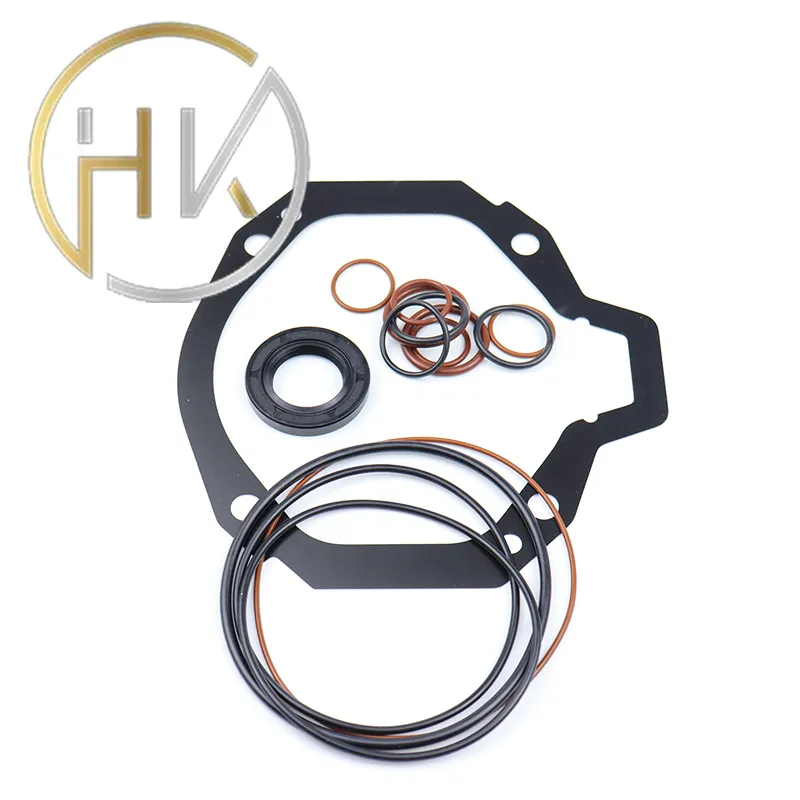Nov . 05, 2024 21:17 Back to list
single acting piston seal
Understanding Single Acting Piston Seals Functionality and Applications
Single acting piston seals are integral components utilized in various hydraulic and pneumatic systems. Their primary function is to prevent fluid leakage and ensure the efficient operation of machinery by maintaining pressure in a system where a fluid is being moved or contained. This article delves into the design, functionality, and various applications of single acting piston seals, underscoring their significance in engineering and manufacturing processes.
Design and Functionality
The design of single acting piston seals is tailored to work with pistons that apply force in one direction. Unlike double acting piston seals, which can maintain pressure and fluid control in both directions, single acting seals are engineered to handle fluid pressure that acts only on one side of the piston. This characteristic is crucial in designs where space is limited and where a simpler sealing solution is adequate.
Single acting piston seals typically consist of a sealing element, such as an O-ring or a lip seal, that fits snugly into a groove on the piston or cylinder. This seating mechanism allows the seal to maintain contact with the cylinder wall, effectively blocking fluid from escaping to the outside. The pressure from the fluid effectively presses the seal against the cylinder wall, enhancing the seal's effectiveness and reducing the likelihood of leaks.
Materials Used
The effectiveness of a single acting piston seal heavily depends on the materials used in its construction. Common materials include elastomers, thermoplastics, and composite materials that provide resilience and durability under varying temperature and pressure conditions. For example, Nitrile rubber (Buna-N) is widely used for hydraulic applications, thanks to its excellent resistance to petroleum-based fluids. Meanwhile, PTFE (Teflon) seals are favored for their exceptional resistance to chemical attack and high temperatures, making them ideal for a broader range of applications.
Applications
single acting piston seal

Single acting piston seals find applications across numerous industries, including
1. Hydraulic Systems In hydraulic cylinders, single acting piston seals are crucial for controlling fluid pressure in systems like forklifts, excavators, and various industrial machinery. They ensure that pressure is maintained to facilitate movement, lifting, and other operations.
2. Pneumatic Systems In pneumatic applications, such as air compressors and actuators, these seals help maintain the integrity of the air supply. Their ability to withstand relatively low pressures makes them suitable for such environments.
3. Automotive Applications Single acting piston seals are also prevalent in brake systems, power steering systems, and other hydraulic mechanisms found in vehicles. Their reliability is paramount, as any fluid leakage could compromise safety and performance.
4. Oil and Gas Industry In drilling and extraction equipment, single acting seals are employed to prevent fluid leaks and ensure the safe operation of machinery under high pressure.
5. Manufacturing Equipment Many manufacturing processes rely on hydraulic and pneumatic systems, necessitating effective sealing solutions that single acting piston seals provide to keep systems operational.
Conclusion
In conclusion, single acting piston seals are fundamental components that ensure the efficiency, safety, and reliability of hydraulic and pneumatic systems. Their specialized design allows them to operate effectively under various conditions, making them suitable for a vast array of industrial applications. As technology evolves and industries continue to innovate, the demand for high-quality sealing solutions, like single acting piston seals, remains critical in achieving optimal performance and operational excellence. Maintaining fluid integrity and preventing leakage is not merely a matter of efficiency but also of safety in many applications, highlighting the essential role that these seals play in modern engineering.
-
TCN Oil Seal Metal Ring Reinforcement for Heavy Machinery
NewsJul.25,2025
-
Rotary Lip Seal Spring-Loaded Design for High-Speed Applications
NewsJul.25,2025
-
Hydraulic Cylinder Seals Polyurethane Material for High-Impact Jobs
NewsJul.25,2025
-
High Pressure Oil Seal Polyurethane Coating Wear Resistance
NewsJul.25,2025
-
Dust Proof Seal Double Lip Design for Construction Equipment
NewsJul.25,2025
-
Hub Seal Polyurethane Wear Resistance in Agricultural Vehicles
NewsJul.25,2025
-
The Trans-formative Journey of Wheel Hub Oil Seals
NewsJun.06,2025
Products categories
















